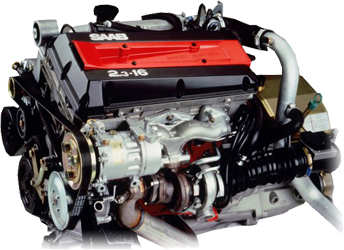P3301 Engine Trouble Code
Meaning of P3301 engine trouble code is a kind of powertrain trouble code and P3301 if your catalytic convertor fails completely, you eventually won't be able to keep the car running. Your gas mileage will also be terrible, so you should try and fix it as soon as you can. Unfortunately, the average replacement cost is around $2,140 and you can't do it yourself unless you're an experienced mechanic.
P3301 Fault Symptoms :
|
If one of these reasons for P3301 code is occuring now you should check P3301 repair processes.
Now don't ask yourself; What should you do with P3301 code ? The solution is here : |
P3301 Possible Solution:

|
Power Steering Pressure (PSP) Switch Malfunction In Key On, Engine Off Self-Test, this DTC indicates the PSP input to the PCM is high. In Key On, Engine Running Self-Test, this DTC indicates that the PSP input did not change state. Steering wheel must be turned during Key On, Engine Running Self-Test PSP switch/shorting bar damaged SIG RTN circuit open PSP circuit open or shorted to SIGRTN PCM damaged. |
P3301 Code Meaning :
| P | 3 | 3 | 0 | 1 |
|---|---|---|---|---|
| OBD-II Diagnostic Powertrain (P) Trouble Code For Engine | Ignition System Or Misfire | Throttle/Pedal Position Sensor/Switch A Circuit Intermittent | Cold Start Injector 1 Malfunction | Crankshaft Position Sensor A Circuit Low Input |
The catalytic converter has an oxygen sensor in front and behind it. When the vehicle is warm and running in closed loop mode, the upstream oxygen sensor waveform reading should fluctuate.
P3301 OBD-II Diagnostic Powertrain (P) Trouble Code DescriptionP3301 engine trouble code is about Crankshaft Position Sensor A Circuit Low Input.Main reason For P3301 CodeThe reason of P3301 OBD-II Engine Trouble Code is Throttle/Pedal Position Sensor/Switch A Circuit Intermittent. |
P3301 code on vehicles with electronically controlled automatic transmissions, the 3-4 shift solenoid is responsible for actuating the hydraulic circuits to activate clutches or bands that change gears inside the automatic transmission.

